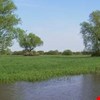
The Ruzinov Strkovec Lake has been subjected to severe pollution due to contaminated by illegal sewage pipes. The Association of Industry and Nature Protection took action and initiated and organised a project to both revitalise the lake and draw the attention of local people to its flora and fauna. The key lesson learnt is how the partnership between an NGO and municipality can result in a successful revitalisation of local water resources.
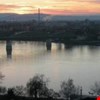
The national reserve Sur is deteriorating. Action has been taken by NGOs to initiate a project to restore water conditions in the reserve, including the interplay between water and soil. Despite the projects importance, it failed to be implemented due to conflicts with national authorities. This case illustrates the danger of EU initiatives being implemented without an active public involvement since this creates risks of low acceptance of local communities and land owners.
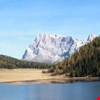
In Slovenia, water is extracted for drinking water, energy, fish-farming, irrigation and technological purposes. In order to avoid over-extraction, an Environmental Flow framework has been implemented, assessing within what limits water can be extracted, using hydromorphological, hydrological, hydraulic and ecological criteria. The case shows that it is important to combine policy decisions with expert evaluations.
Lake Cerknica is one of the most important Slovenian Karst sights known worldwide. The phenomenon of intermittent (disappearing) Lake Cerknica has become famous worldwide as an area where cattle can graze, farmers can plow fields, catch fish and drive boats in the same place. A project (2007-2009) supported by EU funding (LIFE06NAT/SLO/000069) aimed to restore the unique ecosystem of Lake Cerknica. This project was possible due to a favorable legal setting - Lake Cerknica was included in a European network of nature protection areas Natura 2000. In 2006 it was registered as Ramsar site
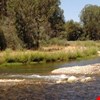
In the Spanish National Strategy for River Restoration (NSRR, Estrategia Nacional de Restauracion de Ríos), it has been identified that most riparian environments do not possess environmental or ecological status. The restoration of the Orbigo river benefitted from the implementation of various Natural Water Retention Measures (NWRM), such as levee removal and setbacks, rip-rap removal, recovery of secondary channels, floodplain reclamation, and re-afforestation of the riparian zone with native species.
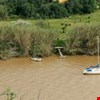
For centuries the Upper Guadiana Basin has been irrigated with groundwater, resulting in a drop in the water table of more than 20 meters. Actions were taken to address this issue, including regulations restricting aquifer abstraction and economic incentives to encourage farmers to improve irrigation efficiency and plant alternative crops. The key lesson learnt is that surface and underground waters cannot be managed separately.
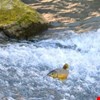
The Segura Basin in Spain is the driest in Europe. With 365 mm of annual rainfall, this basin has the lowest rainfall in the European Union. Nevertheless, it is also a region which exports fruit and vegetables. The Segura River is thus the main water sources for irrigation. In 1986, when Spain became a member of the European Union, the production of agriculture and canned food significantly increased. As a consequence, a rise in wastewater discharges and lack of water in the already water-stressed Segura River brought extreme deterioration of the water-related ecosystem and a strong social discontent.
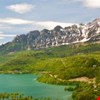
The Upper Guadiana Basin provides a classic example of conflict caused by the intensive use of water resources in a semiarid region. Since the 1960s, uncontrolled abstraction of groundwater to provide water for crop irrigation in the area has lowered the water table in places by up to 50m, causing the main river channels to run dry and some wetlands to become desiccated. On the other hand, the abstraction has also supported a booming agricultural economy.
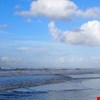
The Veluwe Randmeren lakes in the Netherlands were negatively affected by the discharge of phosphates and nitrates from agriculture and household use. Furthermore, increase in population pressure posed further challenges. To address these issues, a group consisting of national and local authorities undertook a project, which gradually increased the water quality. The case study demonstrates the importance of allowing integration among stakeholder groups.
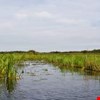
Climate change is expected to severely affect water resources in the low-lying part of the Netherlands. It was decided to take an integrated approach and a process was set up in which all parties claiming space in the area were invited to discuss the water issues. The key insight from this case is the additional water needs can be integrated in the spatial planning through an open planning process.